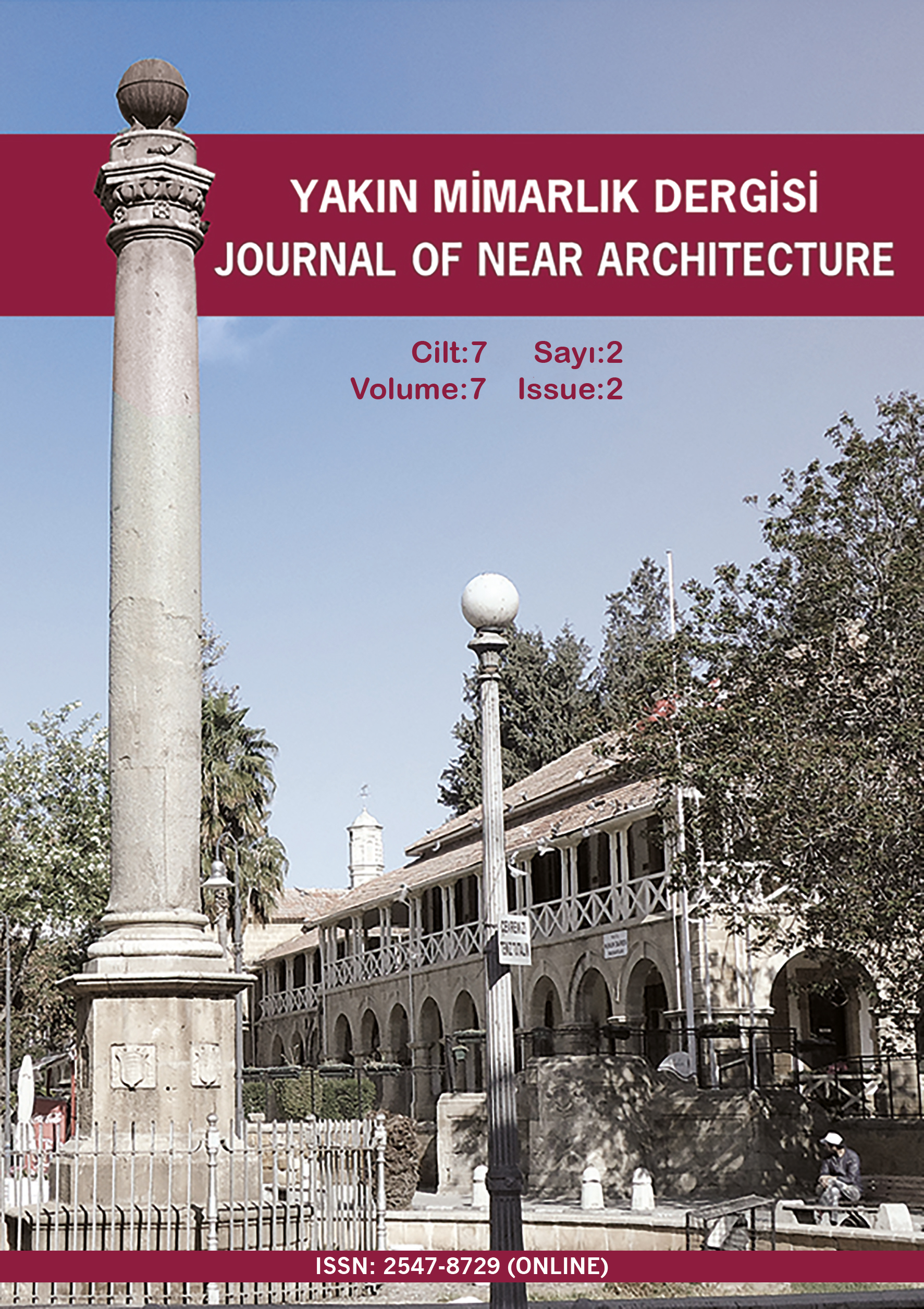Modern, Housing, Modernization, Sivas, Social Housing
DOI:
https://doi.org/10.32955/neujna202372717Keywords:
Modern, Housing, Modernization, Sivas, Social HousingAbstract
This paper analyses the housing presentations that emerged through the process of squatting in Sivas. The study aims to reveal the relationship and subjectivity of this pattern in urban design with the patterns in modern housing formation. This situation also requires questioning the elements of social housing and slum presentations in Sivas that are inherited from traditional housing practices. The methodology of the study consists of fieldwork based on observation and documentation. The main factor determining the route of the study is the development route of the urban space after 1960. Firstly, the Municipality Social Houses were examined, followed by the Dedebalı Neighbourhood and the slums in the urban fabric known as 94 Houses. Accordingly, it was determined that there are images that do not present a clear standard in terms of planimetric organization and other architectural components but refer to the components of traditional housing in terms of its relationship with urban space. As a result, these practices, which are the product of the post-1960s period, include both spatial reinforcements that reflect the social housing examples throughout the country and the urban extensions of the local housing morphology.







